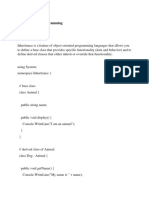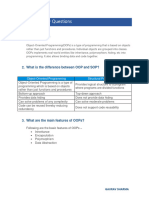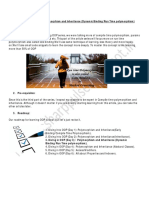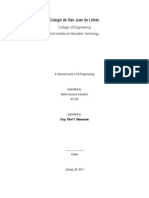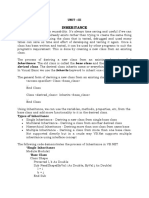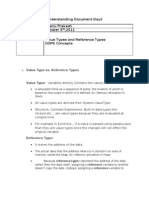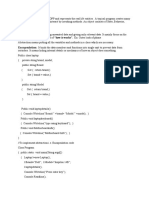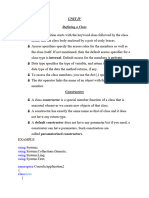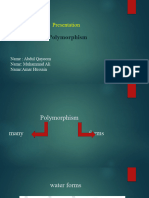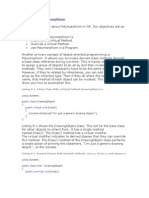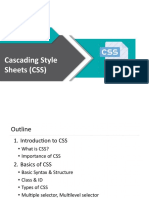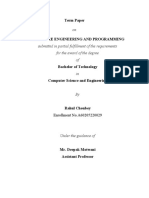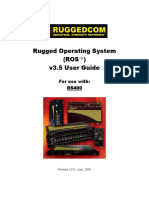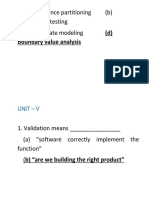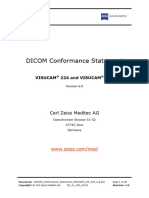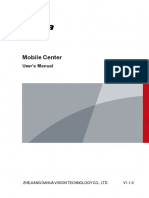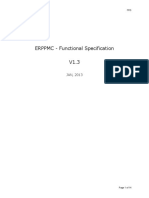0% found this document useful (0 votes)
11 views10 pagesWhat Is Polymorphism
Polymorphism means that a single object or entity can take on multiple forms. There are two main types of polymorphism: static/compile-time polymorphism and dynamic/runtime polymorphism. Static polymorphism is demonstrated through method overloading, where the compiler determines which overloaded method to call based on parameters. Dynamic polymorphism is demonstrated through method overriding, where a subclass redefines a method of its parent class and the runtime determines which version to call based on the object's type. Polymorphism allows the same interface to work with objects of different types through inheritance and overriding.
Uploaded by
SHIVAM PANDEYCopyright
© © All Rights Reserved
We take content rights seriously. If you suspect this is your content, claim it here.
Available Formats
Download as DOCX, PDF, TXT or read online on Scribd
0% found this document useful (0 votes)
11 views10 pagesWhat Is Polymorphism
Polymorphism means that a single object or entity can take on multiple forms. There are two main types of polymorphism: static/compile-time polymorphism and dynamic/runtime polymorphism. Static polymorphism is demonstrated through method overloading, where the compiler determines which overloaded method to call based on parameters. Dynamic polymorphism is demonstrated through method overriding, where a subclass redefines a method of its parent class and the runtime determines which version to call based on the object's type. Polymorphism allows the same interface to work with objects of different types through inheritance and overriding.
Uploaded by
SHIVAM PANDEYCopyright
© © All Rights Reserved
We take content rights seriously. If you suspect this is your content, claim it here.
Available Formats
Download as DOCX, PDF, TXT or read online on Scribd
/ 10












